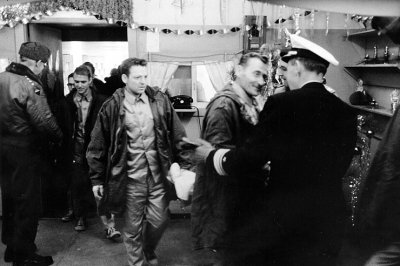Topic: Sergei Eisenstein
Sergei Mikhailovich Eisenstein (Russian: Сергей Михайлович Эйзенштейн Sergej Mihajlovič Ejzenštejn; January 23, 1898 – February 11, 1948) was a pioneering Soviet Russian film director and film theorist, often considered to be the "Father of Montage." He is noted in particular for his silent films Strike (1924), Battleship Potemkin (1925) and October (1927), as well as the historical epics Alexander Nevsky (1938) and Ivan the Terrible (1944, 1958). His work profoundly influenced early filmmakers owing to his innovative use of and writings about montage.
Eisenstein was born in Riga, Latvia but his family moved frequently in his early years, as Eisenstein continued to do throughout his life. Eisenstein's father Mikhail Osipovich Eisenstein was of German-Jewish and Swedish descent and his mother, Julia Ivanovna Konetskaya, was from a Russian Orthodox family. He was born into a middle-class family. His father was an architect and his mother was the daughter of a prosperous merchant. Julia left Riga the year of the 1905 Revolution, bringing Sergei with her to St. Petersburg. Sergei would return at times to see his father, who later moved to join them around 1910. Divorce followed this time of separation, with Julia deserting the family to live in France.
At the Petrograd Institute of Civil Engineering, Sergei studied architecture and engineering, the profession of his father. At school with his fellow students however, Sergei would join the military to serve the revolution, which would divide him from his father. In 1918 Sergei joined the Red Army with his father Mikhail supporting the opposite side. This brought his father to Germany after defeat, and Sergei to Petrograd, Vologda, and Dvinsk. In 1920, Sergei was transferred to a command position in Minsk, after success providing propaganda for the October Revolution. At this time, Sergei studied Japanese—he learned some three hundred kanji characters which he cited as an influence on his pictorial development, and gained an exposure to Kabuki theatre; these studies led to travel to Japan.
It uses material from the Wikipedia article "Sergei Eisenstein."







